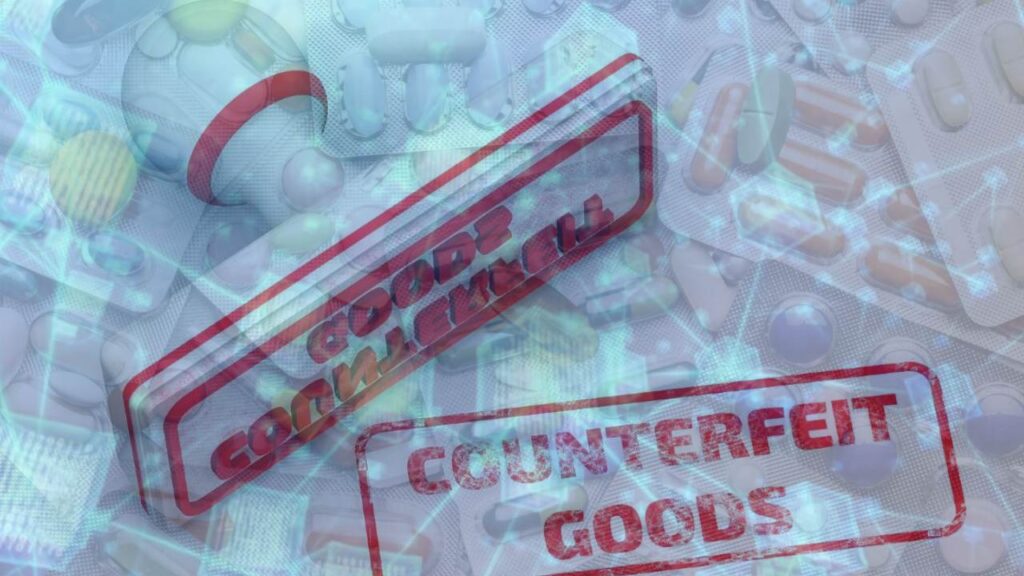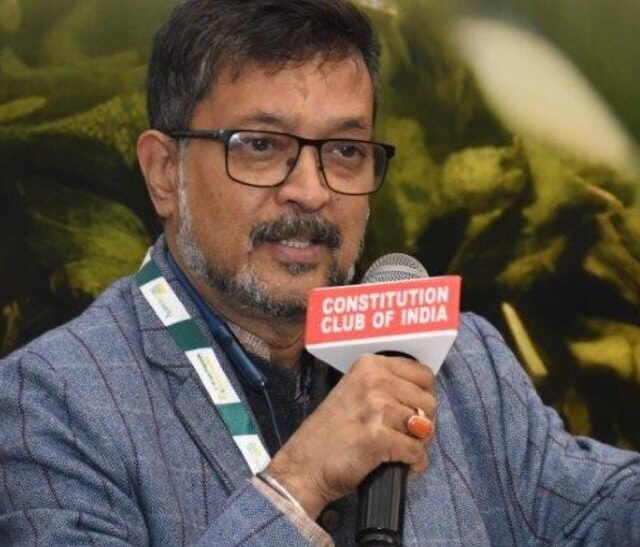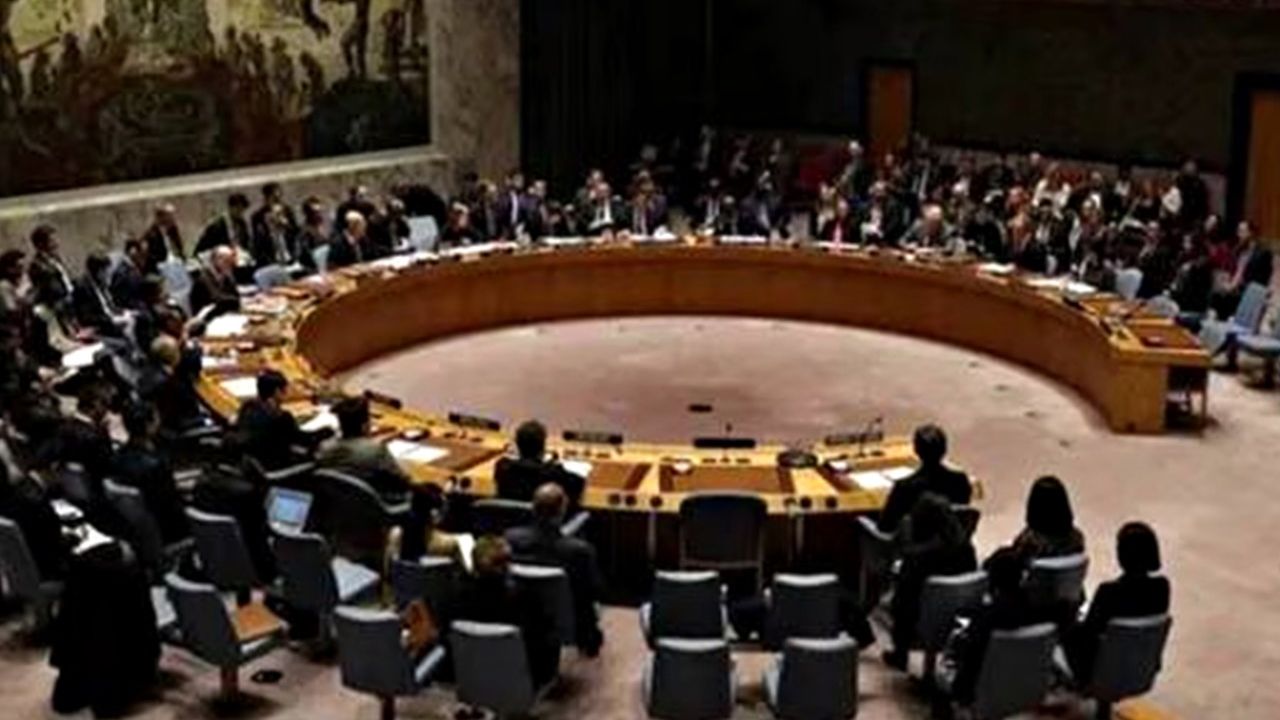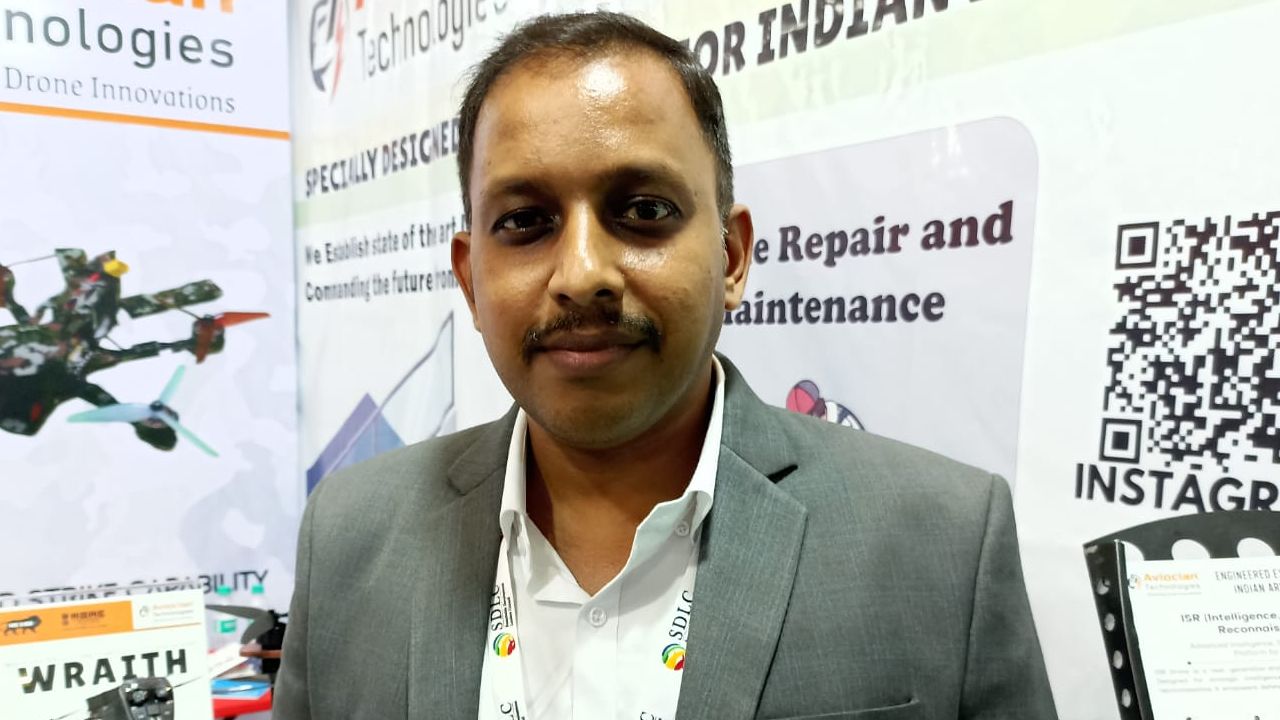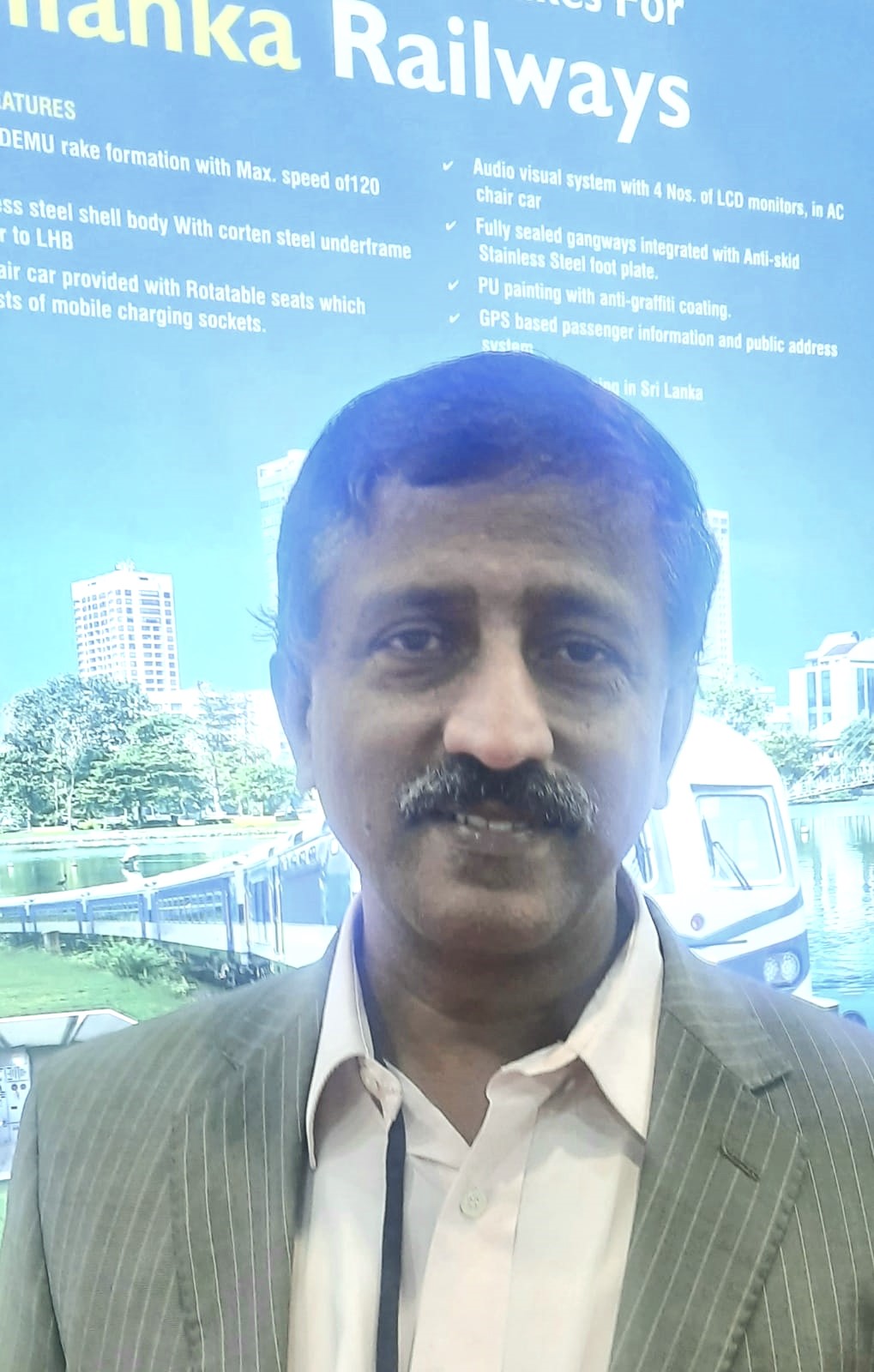India’s counterfeit economy—spanning everything from knock‑off medicines to bogus luxury labels—now siphons money from legitimate enterprises and starves the exchequer of crucial tax revenue. Fragmented supply chains, porous borders, informal retail networks, and a price‑sensitive populace lured by “too‑good‑to‑be‑true” deals have created a perfect storm. The consequences reach far beyond lost money: fake drugs imperil lives, inferior auto parts threaten road safety, and pirated agri‑inputs erode farmers’ trust.
Reversing this tide demands an orchestrated, ecosystem‑wide offensive. First, lawmakers must elevate counterfeiting to a non‑bailable, cognisable offence and fast‑track prosecutions, signalling zero tolerance. Simultaneously, industry and government should roll out blockchain‑based track‑and‑trace systems, tamper‑proof QR codes, and AI‑powered customs scanners to verify authenticity from factory gate to checkout counter. Consumers, too, have a pivotal role; a nationwide “Buy Genuine, Stay Safe” campaign and easy‑to‑use authenticity apps can transform every smartphone into a counterfeit detector.
Enforcement muscle must also be fused: joint task forces combining police, GST intelligence, brand owners, and e‑commerce platforms can share data in real time and stage coordinated raids. Finally, tax credits should reward MSMEs that adopt secure packaging and digital supply‑chain tools. When policy resolve, technological vigilance, industry commitment, and informed consumer behaviour converge, grey markets shrink and India’s innovation engine accelerates on a foundation of trust.
In an exclusive dialogue with The Interview World, Dr. Kalyan Goswami—Director General of the Agro Chem Federation of India (ACFI)—decodes the surge in counterfeit goods, identifies the hardest‑hit sectors, and unveils the public‑health hazards posed by fake drugs. He quantifies the national economic haemorrhage, showcases next‑generation anti‑counterfeiting technologies, and highlights how empowered consumers can boycott fakes. He also delineates the legal roadblocks designed to bar counterfeits from Indian markets. The following paragraphs distil the pivotal insights from his compelling conversation.
Q: What are the primary drivers behind the rise of counterfeit goods in India, and how do these trends influence consumer behaviour and market dynamics? Additionally, why does enforcement against counterfeiting in India remain ineffective and inconsistent?
A: Counterfeits flourish in India because the rewards outweigh the risks. First, the allure of fat profit margins and tax‑free arbitrage seduces fly‑by‑night operators. Next, they ride on the reputations painstakingly built by legitimate brands, while entry costs stay laughably low—little tech, scant capital, and no R&D. Distribution is just as effortless: informal bazaars, social‑commerce apps, and doorstep couriers move fakes faster than regulators can blink.
Meanwhile, enforcement limps. Agencies juggle clashing policy priorities, scrape by on thin budgets, and seldom secure political backing. As a result, the Intellectual Property statutes that look tough on paper turn toothless on the ground. Many officials still dismiss counterfeiting as a “victimless” misdemeanour.
The fallout is brutal. Genuine firms lose revenue and reputation; consumers gamble with substandard, sometimes dangerous, products; and the broader market warps under unfair pricing. Until India stiffens political resolve, funds inspection teams, and treats IP crime as a public‑safety threat—not a petty nuisance—counterfeiters will keep cashing in.
Q: In what ways does the proliferation of counterfeit products undermine the objectives of the “Make in India” initiative, and which industries are most affected by counterfeiting in India, and what makes them especially vulnerable?
A: Counterfeiting strikes at the heart of “Make in India.” By tarnishing the reputation of home‑grown products, it rattles investor confidence and siphons revenue from compliant firms, stalling the nation’s growth story while illicit operators flourish. The damage concentrates in a handful of high‑volume sectors.
Fast‑moving consumer goods suffer first: fake snacks, shampoos, perfumes, and cleaning staples slip effortlessly into shopping carts, accounting for an estimated 25–40 percent of the market. Apparel and accessories follow close behind; knock‑off logos masquerade as couture, eroding brand equity stitch by stitch and capturing 30–35 percent of sales. Pharmaceuticals fare no better: substandard or falsified drugs jeopardize public health and drain legitimate pharmacies of as much as 20–30 percent of their turnover.
In agriculture, counterfeit pesticides sabotage crop yields and farmer livelihoods, infiltrating 10–25 percent of the agrochemical trade. Automotive parts present a similar menace, with look‑alike spares flooding repair shops—often indistinguishable from genuine components until they fail—commandeering 30–40 percent of the segment. Tobacco and alcohol round out the list: premium import labels and top‑shelf Indian spirits endure the heaviest hit, losing 30–50 percent of potential revenue to illicit imitations.
High consumer demand, labyrinthine supply chains, and easily copied packaging leave these industries exposed. Worse, the counterfeit wave now surges online, as major marketplaces such as Flipkart and Amazon increasingly list fakes alongside authentic goods. Until India clamps down on this shadow economy, counterfeiters will keep pocketing profits while domestic manufacturing—and “Make in India” itself—pays the price.
Q: Why is the pharmaceutical industry particularly susceptible to counterfeiting, and what are the implications for public health and patient safety?
A: Criminal networks zero in on pharmaceuticals for four blunt reasons: sky‑high margins, soaring demand, lax oversight, and products that are maddeningly easy to mimic. The result? A swelling tide of counterfeit drugs rushing through informal markets and across digital storefronts.
The numbers are sobering. Back in 2017, a World Health Organization study revealed that more than one in ten medicines circulating in India—10.5 percent—were either substandard or outright fakes. Those bogus pills don’t simply fail to cure; they actively breed drug‑resistant strains and trigger life‑threatening reactions.
Worse, the menace is growing. Each passing day, counterfeiters pump even larger volumes of sham antibiotics, vaccines, and chronic‑care therapies into the supply chain. Rural communities, where regulation is thin and healthcare options scant, bear the brunt of this assault. Unless enforcement tightens and verification technologies scale fast, treatment failures will multiply and public‑health gains will unravel.
Q: What is the estimated economic loss attributed to counterfeiting in India, and how does this impact employment and industrial growth? Additionally, what measures has the Indian government implemented to combat counterfeiting, and what systemic challenges continue to hinder progress?
A: Counterfeiting drains India’s economy at an alarming scale. The Crisil‑ASPA study pegged the hit at ₹2.6 trillion for FY 2019‑20, while FICCI’s earlier survey put losses at ₹1.17 trillion in FY 2017‑18. Those fake goods did more than bruise balance sheets; they erased roughly 1.6 million jobs in a single year.
The Union Government has responded well. The National IPR Policy now pushes aggressive enforcement, wider public outreach, and faster dispute resolution. Draft legislation on the table goes further, proposing a Central Coordination Body to align every enforcement arm—from customs to state police—against illicit trade.
Yet obstacles persist. Agencies still work in silos, court dockets move at a crawl, and penalties rarely sting enough to deter professional counterfeiters. Layer in endemic graft, and the system offers far too many escape hatches. Until coordination tightens, justice accelerates, and punishment bites harder, counterfeiters will keep cashing in on the gaps.
Q: How effective are current anti-counterfeiting technologies—such as tamper-evident packaging, QR codes, and holograms—in mitigating the spread of fake goods?
A: Anti-counterfeiting technologies like tamper-evident seals, QR codes, and holograms certainly raise the bar, but each comes with its own set of limitations. Physical markers, such as holograms, are easily replicated by increasingly sophisticated counterfeiters, rendering them ineffective against the most determined criminals. On the other hand, digital solutions like QR codes rely heavily on consumer awareness and infrastructure for verification, leaving gaps where consumers lack the knowledge or tools to authenticate products.
To truly combat counterfeiting, a combined approach is essential—one that integrates cutting-edge technology, rigorous supply-chain monitoring, and widespread consumer education. When these elements work in harmony, they provide a far stronger defence, making it more difficult for counterfeiters to hide and for consumers to be deceived.
Q: What motivates consumers to knowingly purchase counterfeit products, despite the associated legal and health risks, and what proactive role can consumers play in identifying and discouraging the purchase of counterfeit items?
A: Consumers frequently opt for counterfeit products due to their appealing price points, perceived value, and a lack of awareness about the potential risks. To counter this, consumers must take a more proactive approach. They should verify product authenticity using QR codes and authentication tools, report suspicious items to authorities or the relevant brands, and actively support consumer education campaigns. Additionally, it is crucial to avoid purchasing from unauthorized sellers or grey markets, ensuring that their buying choices align with genuine and safe products.
Q: How does India’s counterfeiting crisis compare with global trends, and what does this suggest about the scale and complexity of the problem? Moreover, what best practices or policy frameworks from other countries could India adopt to strengthen its fight against counterfeiting?
A: Counterfeiting is a critical global issue, fuelled by weak enforcement, cost factors, and growing consumer demand. To address this, India must adopt several best practices. First, the country should implement dedicated anti-counterfeiting laws, similar to the U.S. Stop Counterfeiting in Manufactured Goods Act.
Additionally, establishing centralized intellectual property enforcement agencies will streamline and strengthen enforcement efforts. Public-private collaborations to create and apply technology-based solutions can further enhance the effectiveness of anti-counterfeiting measures. Lastly, India must enforce stringent customs regulations and closely monitor imports to prevent the entry of counterfeit goods into the market.
Q: Can labelling and packaging alone sufficiently protect consumers from counterfeit products, or is a more holistic approach, such as categorizing counterfeiting as a serious criminal offense, required?
A: Labelling and packaging alone are insufficient in addressing the issue of counterfeiting. Counterfeiters can easily replicate packaging, making it an ineffective deterrent. Additionally, physical labels do not ensure the integrity of the supply chain, as they can be tampered with or faked. Consumers may also overlook verification tools, further undermining efforts to protect against counterfeit products.
To effectively combat counterfeiting, it must be treated as a serious criminal offense, with stronger legal consequences and rigorous enforcement. Raising consumer awareness is crucial, along with integrating technological solutions to aid detection. Cross-border cooperation is necessary, given the global nature of counterfeiting, while real-time tracking and intelligence-led investigations are vital for swift and effective action.
